Draminate
✅ Relieves motion sickness
✅ Alleviates nausea and vomiting
✅ Prevents travel discomfort
✅ Non-drowsy formula
✅ Fast-acting relief
Draminate contains Dimenhydrinate.
Product Overview
Draminate is a pharmaceutical formulation containing Dimenhydrinate as its active component. This therapeutic agent is clinically indicated for the management of motion sickness symptoms, including nausea, emesis, and vertigo. The medication functions by inhibiting specific neurotransmitters in the vestibular system that mediate motion-induced nausea. Available in multiple dosage forms including standard tablets, chewable tablets, and oral suspension, Draminate offers flexible administration options suitable for diverse patient populations.
Therapeutic Applications
Draminate is principally employed for the prophylaxis and treatment of kinetosis (motion sickness) arising from various modes of transportation. It demonstrates clinical efficacy in managing vestibular disturbances, including vertigo of labyrinthine origin. Beyond its primary indication, healthcare providers may prescribe Draminate for the palliation of chemotherapy-induced nausea, postoperative emesis, and other vestibular disorders.
Administration Guidelines
For optimal therapeutic outcomes, Draminate should be administered in accordance with medical advice or manufacturer recommendations. Prophylactic administration 30-60 minutes prior to anticipated motion exposure is recommended. The medication may be administered without regard to meals. Chewable formulations require thorough mastication prior to ingestion, while liquid preparations necessitate precise measurement using calibrated dosing apparatus. Strict adherence to prescribed dosing regimens is imperative to prevent supratherapeutic dosing.
Mechanism of Action
The pharmacodynamic activity of Draminate is mediated through competitive antagonism of histaminergic H1 receptors in the chemoreceptor trigger zone and vestibular apparatus. This receptor blockade attenuates the emetic response to motion stimuli. The compound exhibits additional central anticholinergic properties, contributing to its antiemetic efficacy and producing mild sedative effects that may ameliorate motion-related anxiety.
Dosage Protocol
Draminate posology is contingent upon demographic factors and symptom severity. Adult and adolescent patients (≥12 years) typically require 50-100 mg administered at 4-6 hour intervals, not exceeding 400 mg daily. Pediatric patients (6-12 years) should receive 25-50 mg every 6-8 hours as clinically indicated. Strict compliance with prescribing information is essential to minimize adverse drug reactions.
Therapeutic Advantages
Draminate provides rapid and effective symptomatic relief from motion sickness, facilitating comfortable travel experiences. Its prompt onset of action renders it suitable for both prophylactic and emergent use. The availability of multiple pharmaceutical formulations enhances patient compliance across all age demographics, including pediatric populations with swallowing difficulties.
Adverse Effects
Common adverse reactions may include somnolence, xerostomia, visual accommodation disturbances, gastrointestinal hypomotility, and urinary hesitancy. These effects are typically transient in nature. Patients should exercise caution when engaging in activities requiring mental alertness. Persistent or severe adverse effects warrant medical consultation.
Precautions
Clinical assessment is recommended prior to administration in patients with histories of hypersensitivity reactions, respiratory disorders, angle-closure glaucoma, or urinary retention. Concomitant use with CNS depressants, including ethanol, should be avoided. Special populations (pregnant/lactating women) require medical supervision. Pediatric use should be strictly monitored to prevent accidental overdose.
Storage Conditions
Maintain Draminate at controlled room temperature (20-25°C) in a dry environment. Implement appropriate child-resistant storage measures. Dispose of expired medication in accordance with local pharmaceutical waste regulations.
Medical Disclaimer
The information provided herein is intended for educational purposes only and represents expert-reviewed pharmacological data. This content does not constitute medical advice and should not supersede professional clinical judgment. The complete safety profile, including potential drug interactions and contraindications, may not be fully enumerated. Healthcare providers should be consulted for personalized medical guidance. This information aims to complement, not replace, the physician-patient relationship.
| Quantity | 30 Tablet/s, 60 Tablet/s, 90 Tablet/s, 180 Tablet/s |
|---|
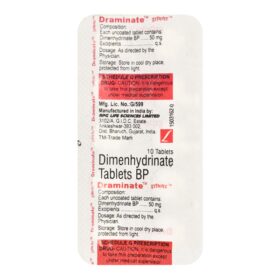 Draminate
Draminate









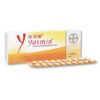
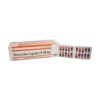
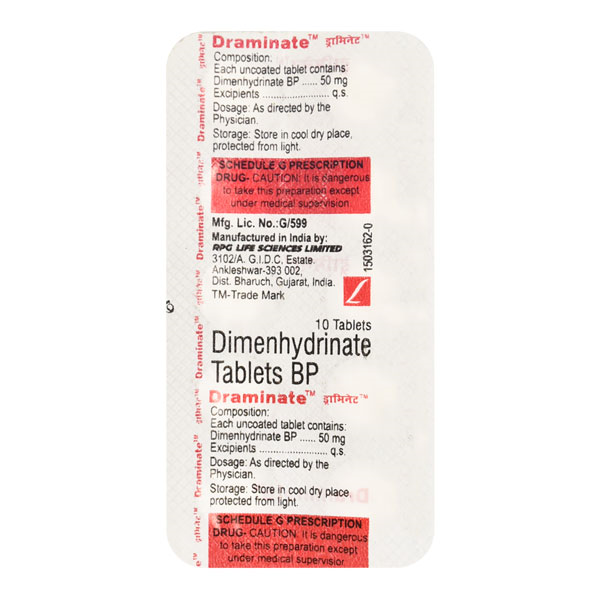
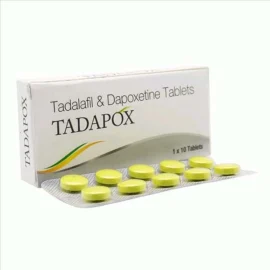
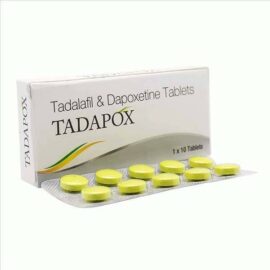
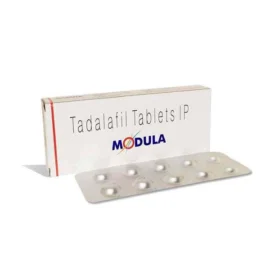
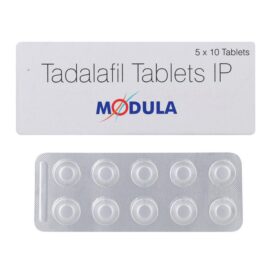
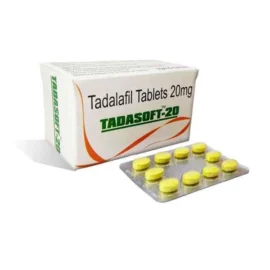
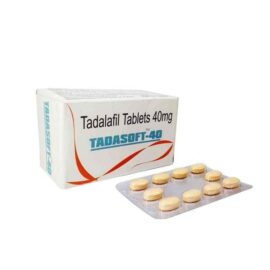
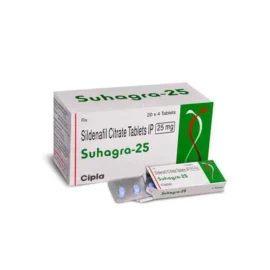
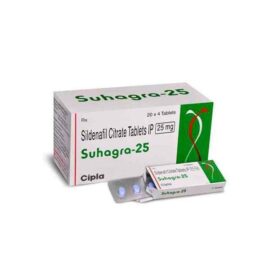
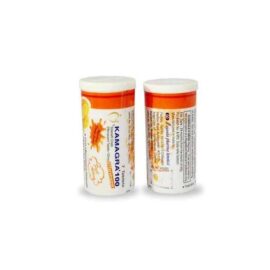
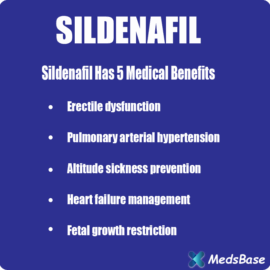
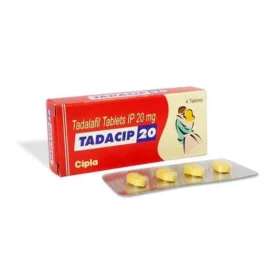
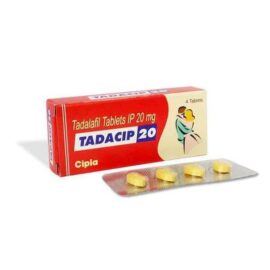
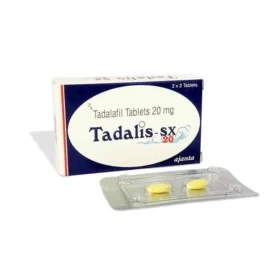
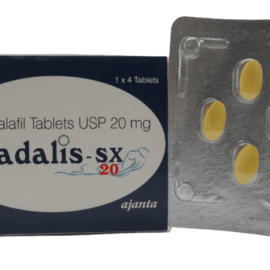
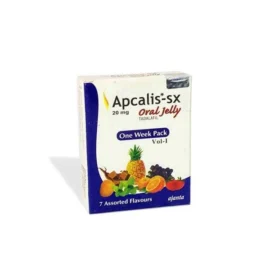
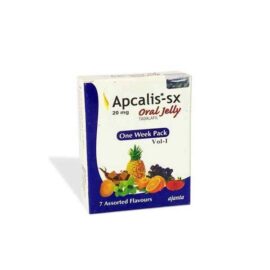
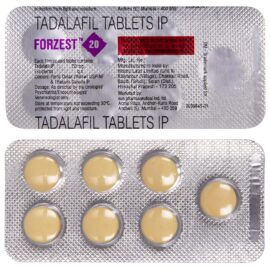
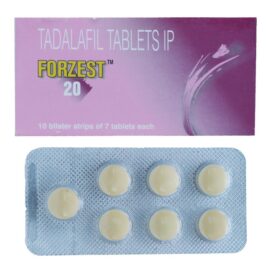
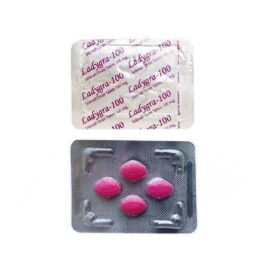
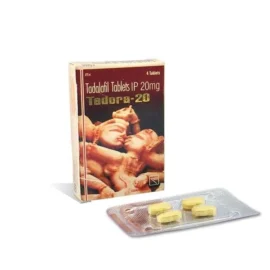

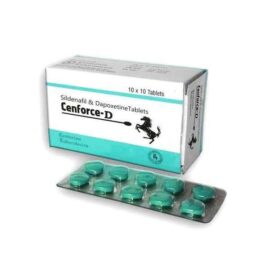
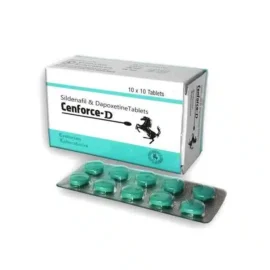
Reviews
There are no reviews yet